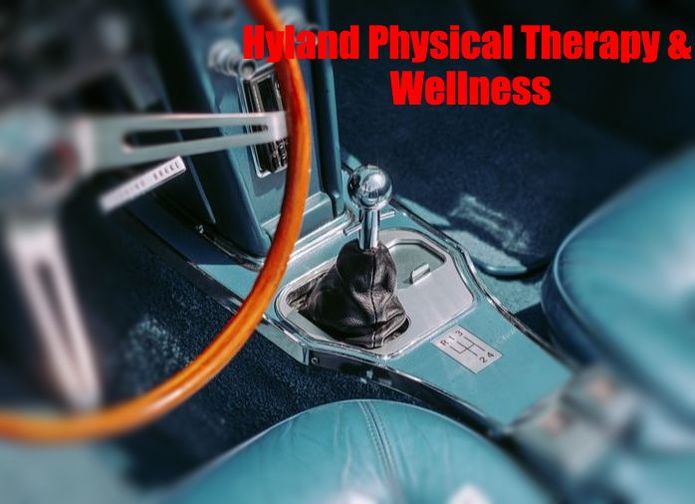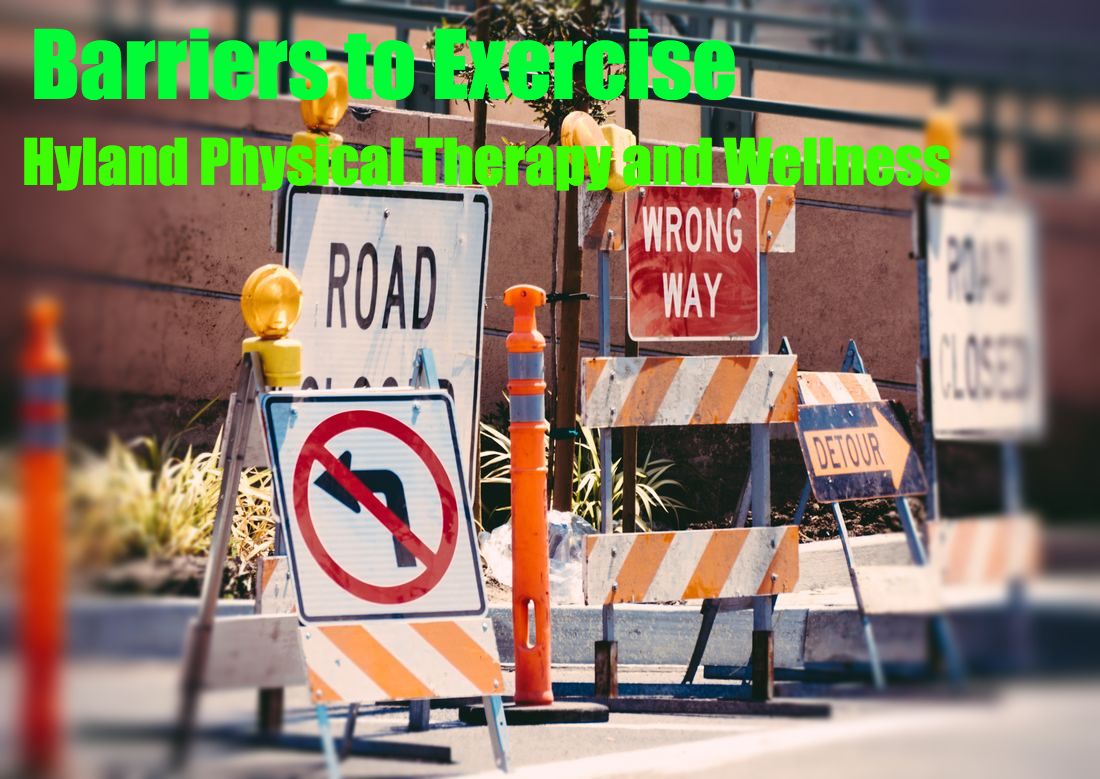|
Sarcopenia... What the heck is that?!" I can hear you ask. I admit that it is not a very widely known term; however, it is in fact an actual medical diagnosis that is becoming more and more recognized. Sarcopenia is such a new concept that it is not even recognized in some countries. In Australia for example, medical schools are not even discussing this diagnosis, despite the fact that 30-40 per cent of those over 65 in Australia are likely affected with this disease. This is according to an article about sarcopenia that was just published this month in The Sydney Morning Herald. I found this to be extremely interesting when considering that falls are a geriatric issue discussed the world over, by the World Health Organization no less. Yet, a disease process that is resulting in falls, injury, death, and disability for aging adults is not even recognized across the globe!! WOW. The good news is that by gaining more and more recognition in the US, perhaps we can lead the way in prevention. The full article I am referring to can be found by clicking this link or copying to your web browser: www.smh.com.au/national/the-big-new-disease-that-doesn-t-officially-exist-in-australia-20180702-p4zp11.html?btis
So, what is it anyway? WARNING: We are about to get "sciency" here. Let the inner geek in you breathe a little. It won't hurt, I promise... According to the article cited above, an American scientist named Irwin H. Rosenburg coined the name sarcopenia in the 1980s. He invented the term by combining the Greek words sarco meaning "flesh" and penia, meaning "loss." The hallmark of the disease is a progressive loss of muscle mass through the decades. Here are some facts from research regarding sarcopenia:
What causes this phenomenon? As we mentioned earlier, lack of physical activity is the number one cause. As a natural part of aging sexual hormones decline, cell death rates increase, and the efficiency of mitochondrial function (contain cellular DNA and produces ATP, the power source of all organ functions) becomes impaired. This results in changes to the muscle tissue and the bones. Without physical activity this will be an accelerated decline. Another very important factor to consider is nutrition and absorption. If one's diet is deficient in protein, and without certain supplements such as Vitamin D, there will be nothing for the body to use to build up muscle tissue. When combined with a protein efficient diet, physical activity can actually aid in protein synthesis, as evidence indicates that the mechanical load placed on the muscle cells through exercise directly enables the muscle cell membrane's ability to synthesize protein (Narici et al, 2006). In summary, sarcopenia is a highly likely condition past the age of 50 and has been found to increase mortality independent of age and other disease processes. Physical activity and exercise is the means to prevent this condition from rearing it's ugly head. My mission is to help as many people as possible to prevent this condition and to age successfully. The paradigm shift that is needed is to move from failure to frailty to function to fun. Remember, the deadliest object in your home is your favorite comfy chair. In the United States, they have loved many of us to an early death. Plantar Fasciitis, or plantar fibromatosis, is a foot condition that is characterized by heel pain that can extend into the arch of the foot. It is normally worse first thing in the morning upon standing, and can also increase after prolonged standing throughout the day. An increase in standing activity prior to the start of the pain is typical, i.e., you started a new job where you were on your feet for hours on end on a concrete floor, etc. Weight can be an issue with this condition, though this is not thought to be a causative factor. One thing to note is that in 75% of cases the foot is a normal type, rather than high arches, collapsed arches, etc. Whatever the cause and whatever age it hits you, it can cause your exercise routine to come to a grinding halt. It hurts that much. In some cases osteophytes, or bone spurs, can form where the plantar fascia attach to the calcaneus bone in the heel. I wanted to address this topic due to the fact that plantar fasciitis, like many conditions out there, is not often addressed by a physical therapist. More often the individual sees their orthopedic physician or a podiatrist and is prescribed orthotics, resting night splints, and often corticosteriod injections. None of these treatments is wrong, but why is physical therapy not part of the recommended treatment? As we dive into this topic, I wanted to recommend some general advice for those suffering with plantar fasciits, but also to point to the evidence that physical therapy should always be included when trying to deal with this problem. Tissue changes that occur and result in this condition did not happen overnight and skilled physical therapy is needed to improve the tissue impairments that resulted in the pain condition. In 2014 a clinical practice guideline (CPG) for treating plantar fasciitis was published in the Journal of Orthopedic and Sports Physical Therapy (JOSPT). You may not be able to access this free without a membership, but the link to the full text article is here. In this CPG, the strongest evidence suggests that the best interventions for plantar fasciitis are a combination of manual therapy, specific stretching, taping, custom orthotics/inserts, and night splints. These received an A (strong evidence) by the reviewers for best evidence. Among the poorest evidence? It's what you might expect (or at least what I would expect): ultrasound, E-stim, phonophoresis, iontophoresis, etc. These received a C for evidence, which correlates to weak evidence. Knowing this, will you be satisfied with just receiving treatments that have the least evidence for success? With this knowledge, it should be apparent that physical therapy is needed with plantar fasciitis and is an imperative part of the management of this issue. The caveat to this statement is that physical therapy that emphasizes the techniques with best evidence is the only physical therapy worth pursuing. Beware of the classical approach of physical agents such as ultrasound, E-stim, etc. as these modalities can aid in some relief, but only temporarily. We want real tissue changes here and we also want improved function. A few months ago, I ran across a great infographic that was shared through the Academy of Geriatric Physical Therapy. I will link you to this post here. This is a fantastic summary of what a home exercise regimen should look like when self-treating plantar fasciitis, because it addresses flexibility of the ankle and calf muscles, maximally stretches the plantar fascia, and also addresses load shifting away from the medial portion of the foot with the shoe insert. I liked that the infographic emphasized that with the shoe insert you aren't changing position or biomechanics, but rather alleviating the load and stress off of the sensitive and overloaded tissue. I would argue that manual therapy to improve the pliability of the tissues (flexibility and ability to stretch) is crucial and therefore a PT is needed for this hands-on treatment in addition to the self-help exercises. It should be noted that the evidence cited in the CPG above only supports short term relief of the pain with stretches and exercises. For long term relief you will need manual therapy techniques as well as proper footwear. The point is, if plantar fasciitis has taken the fun out of your daily routine and you have been instructed to stop activities that you previously enjoyed, it's time to try to go back to what you enjoy. Reach out to a physical therapist to help you address this issue alongside your current treatment. Chances are, if it isn't getting any better, the approach is incomplete. Call today or fill out the contact form below and we will get in touch with you. |
AuthorDr. Michael Hyland, DPT, CEEAA has been a physical therapist since 2012. He is a Certified Exercise Expert for the Aging Adult and an expert in Parkinson's Disease. He owns Hyland Physical Therapy and Wellness in Broken Arrow, OK Archives
October 2022
Categories
All
|
Proudly powered by Weebly



 RSS Feed
RSS Feed